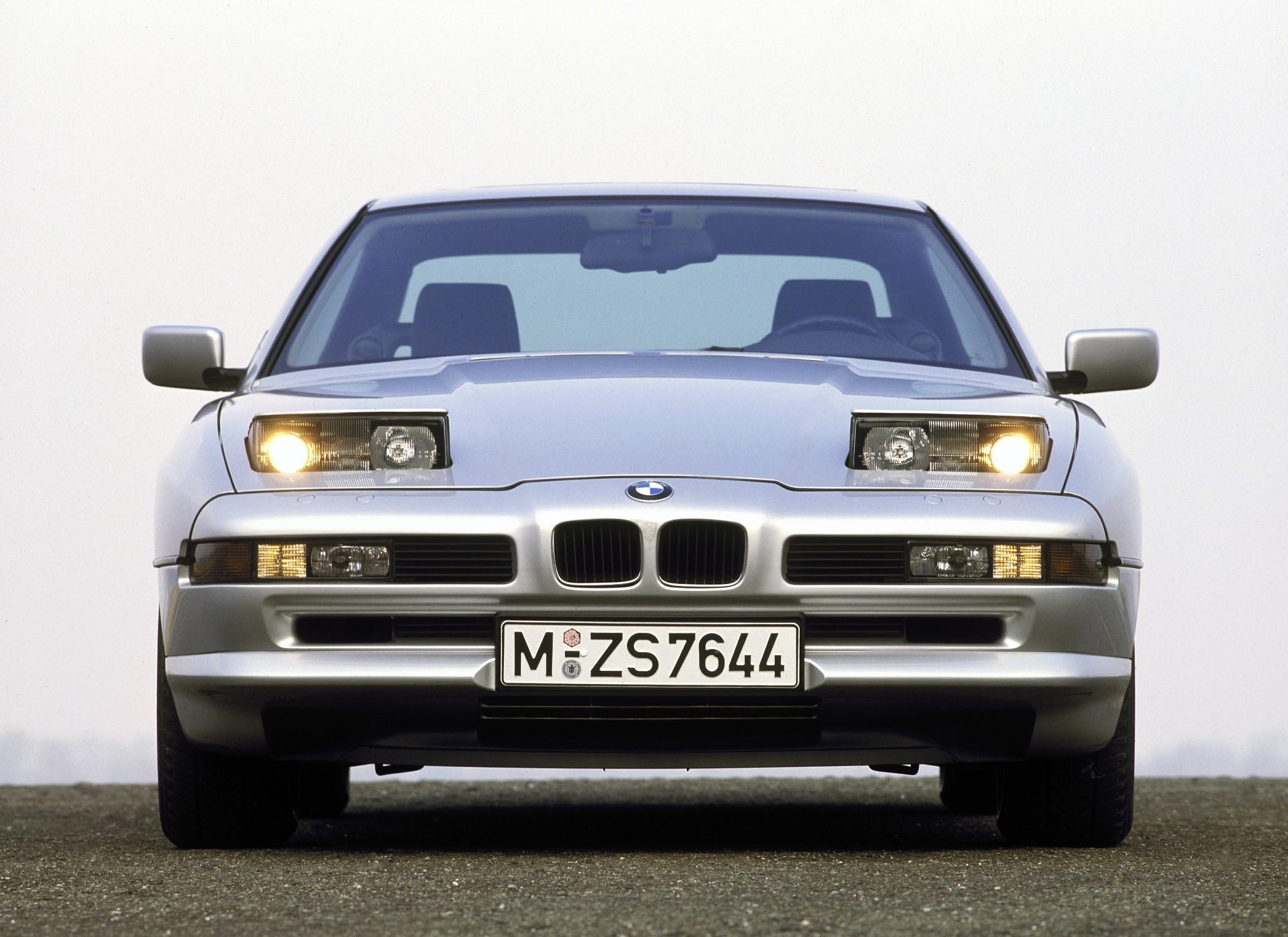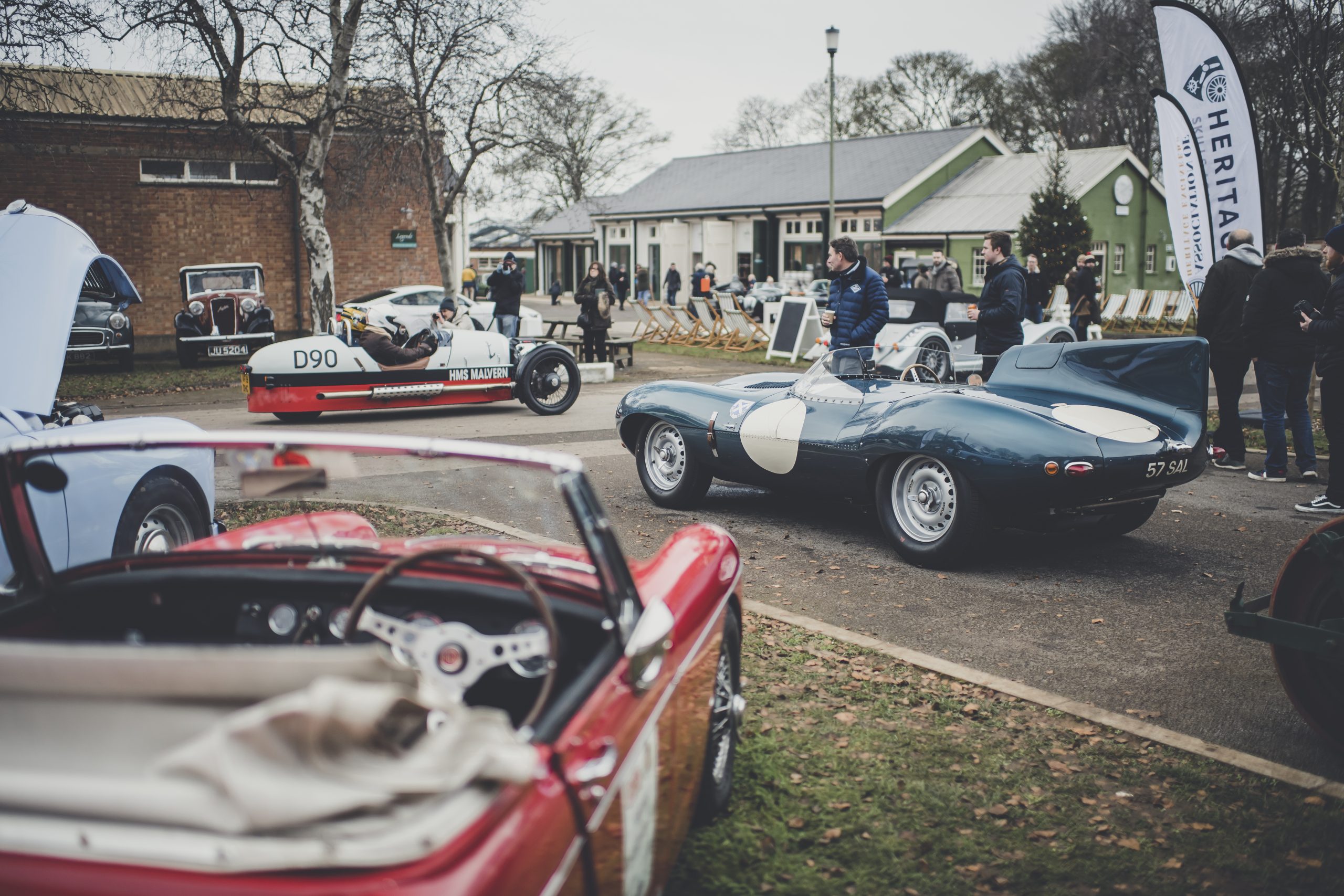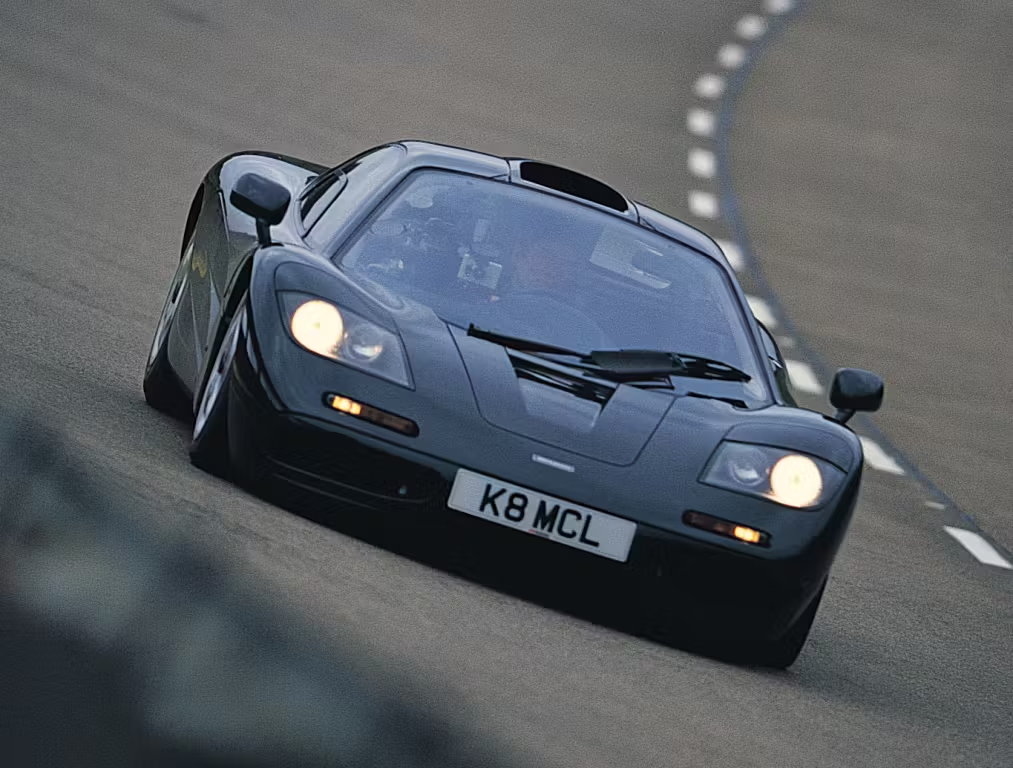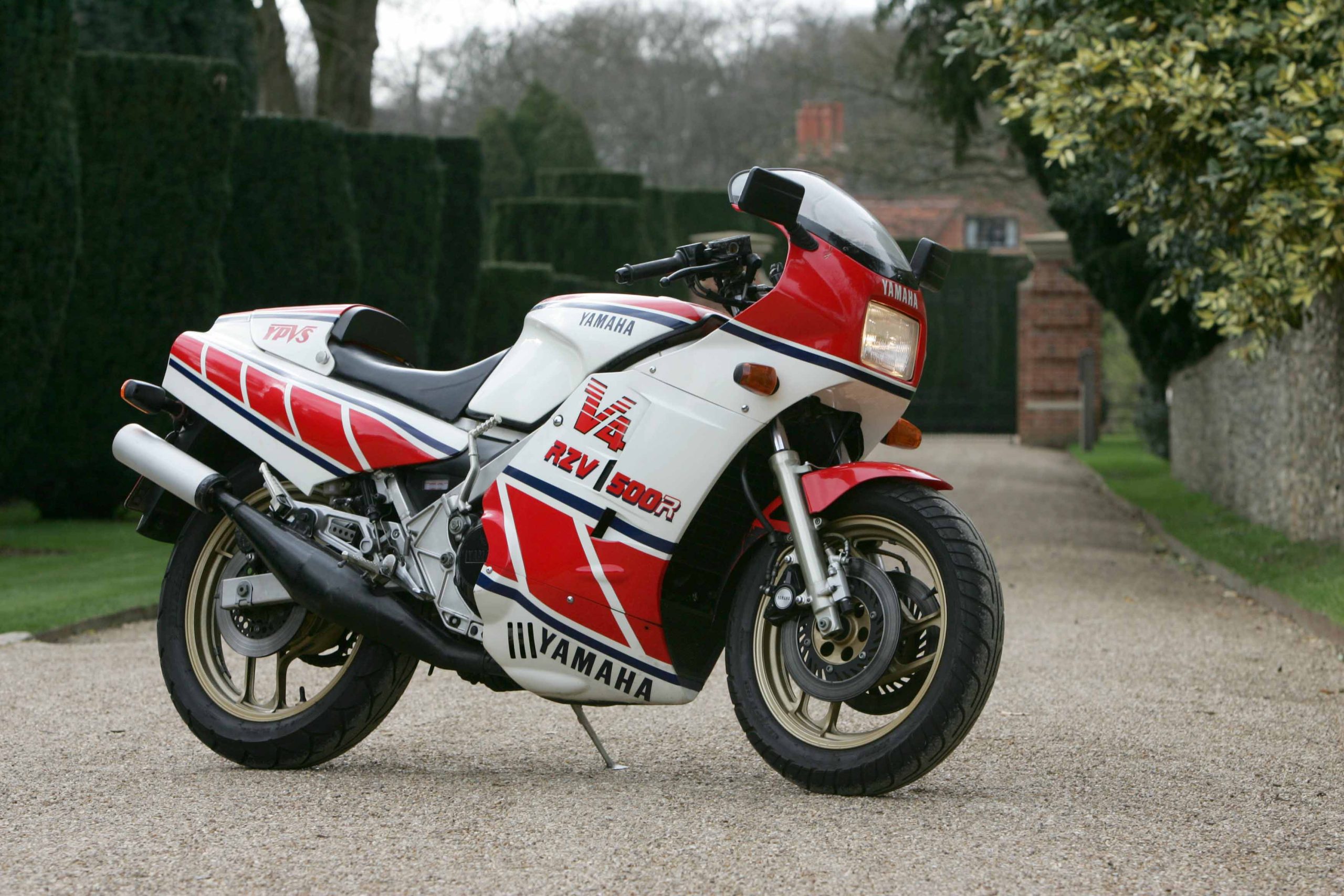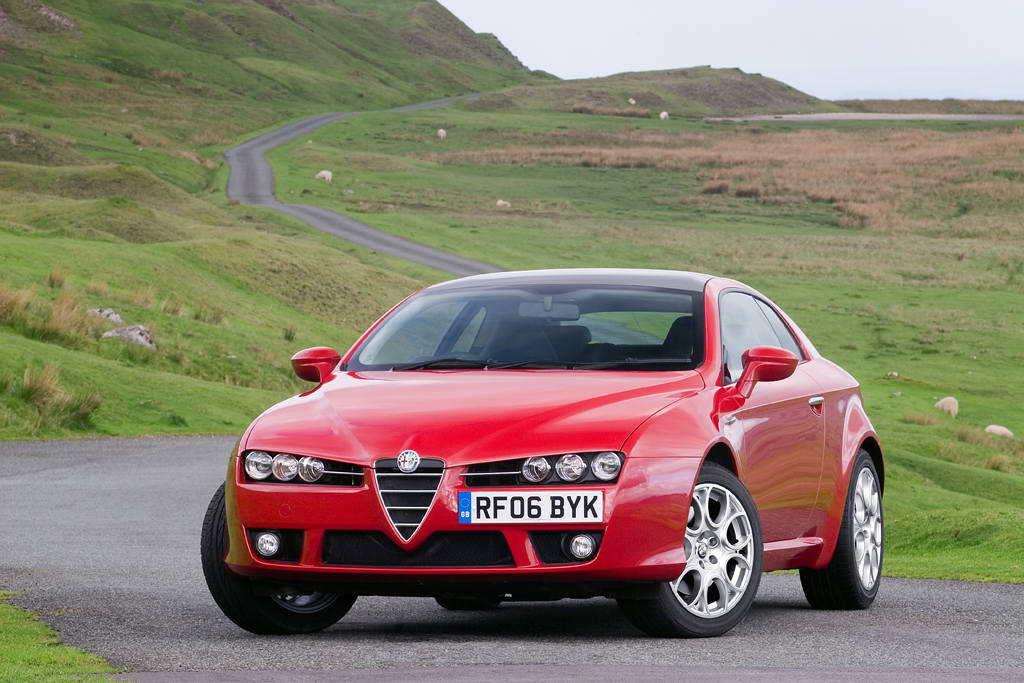Author: Alisdair Suttie
Images: BMW
Few modern classics have been on more of a roller coaster ride than the BMW 8 Series. From halo super coupé when launched to the doldrums of cheap used car lots and now a delectable slice of 1990s automotive haute couture, the E31 model has been there, done that and come out the other side. It all adds to the appeal of this luxury four-seater that was every inch a rival to the Jaguar XJ-S, Mercedes-Benz SEC, Porsche 928 and even Ferrari’s 456 GT when new.
BMW started work on a replacement for its elegant E24 6 Series coupe as far back as 1981, which makes sense as this was five years into that model’s life. Yet the 6 Series continued selling in steady numbers, so BMW gently updated and improved it all the way till it went off sale in 1989. By then, its replacement in the shape of the E31 8 Series made its entrance at the Frankfurt Motor Show in the same year.
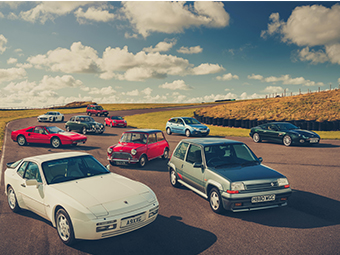
With styling by Klaus Kaptitza, the 8 Series was deliberately pitched at a higher level than the 6 Series. BMW was aiming for the same customers as the Porsche 928 and made its intentions clear by launching the E31 with a 5.0-litre V12 engine. This was the first production V12-powered car to be offered with a six-speed manual gearbox, or customers could opt for a four-speed auto. Given the type of buyer the car was intended for, a surprising number chose the manual, which perhaps says a lot about BMW’s loyal customer base at this point. With 296bhp, the 850i offered 0-62mph in 6.0 seconds and a top speed pegged to 155mph by electronics.
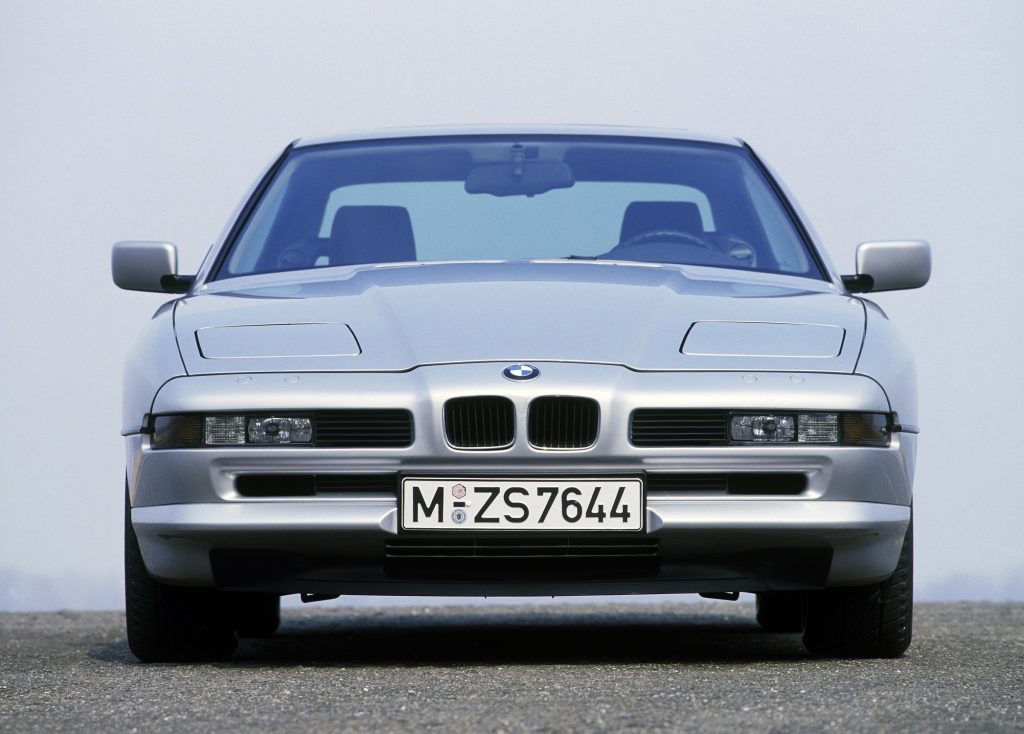
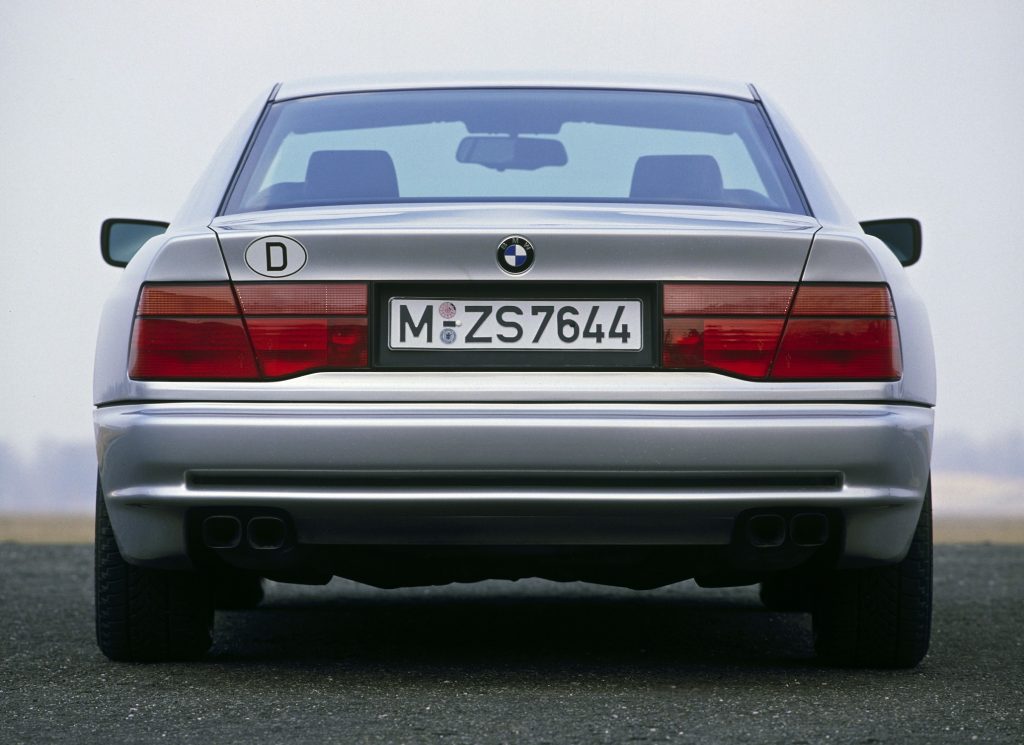
The German firm had toyed with the idea of an entry-level 830i with a 3.0-litre V8 motor from the 7 Series saloon, but that was canned after 18 prototypes had been tried. Another early alternative was the M8 with a 629bhp 6.0-litre V12 motor that could power it to 199mph. However, the global recession that hit just as the 850i was introduced put an end to those plans and the M8 prototype was hidden from view until BMW acknowledged its existence in 2010.
That was far from the end of the story for the 8 Series, however. For 1993, BMW added the 850CSi, which was an M car in all but name thanks to its 375bhp 5.6-litre V12 motor and six-speed manual gearbox. It was good for 0-62mph in less than six seconds, so not much faster than the 850i but it was the way this car kept pulling that made it a contender against the Ferrari 456 GT and Aston Martin Virage. As grand tourers went, the CSi was right up there. To emphasise this, the 850CSi came with rear wheel steering, quicker steering ratio, stiffened and lowered suspension, and improved brakes. It also gained BMW’s distinctive ‘Throwing Star’ alloy wheels. The sleek body, with its 0.29Cd drag coefficient, also benefitted from a deeper front spoiler and new rear bumper, different door mirrors, and four circular exhaust tips.
In 1993, BMW renamed the standard V12 car as the 850Ci, which reflected the name of a new entry-point model – the 840Ci. The 840 came with a 4.0-litre V8 with 282bhp and helped bolster sales that only ever reached BMW’s expectations in the first couple of years of E321 production. The 850i gained a 322bhp 5.4-litre engine from the new 750i saloon in 1994, though this version of the 8 Series was not offered in the UK. A final update arrived in 1996 when the 840Ci swapped to the latest 4.4-litre V8, still with 282bhp but more torque, better fuel economy, and lower emissions. 1996 was also when the 850CSi went off sale.
There were two Alpina versions of the 8 Series, the B12 5.0 and B12 5.7 with 350- and 416bhp, respectively. Neither was notably quicker than the BMW they were based on and remained vanishingly rare, with only 97 of the 5.0 model and 57 of the 5.7-litre B12 built.
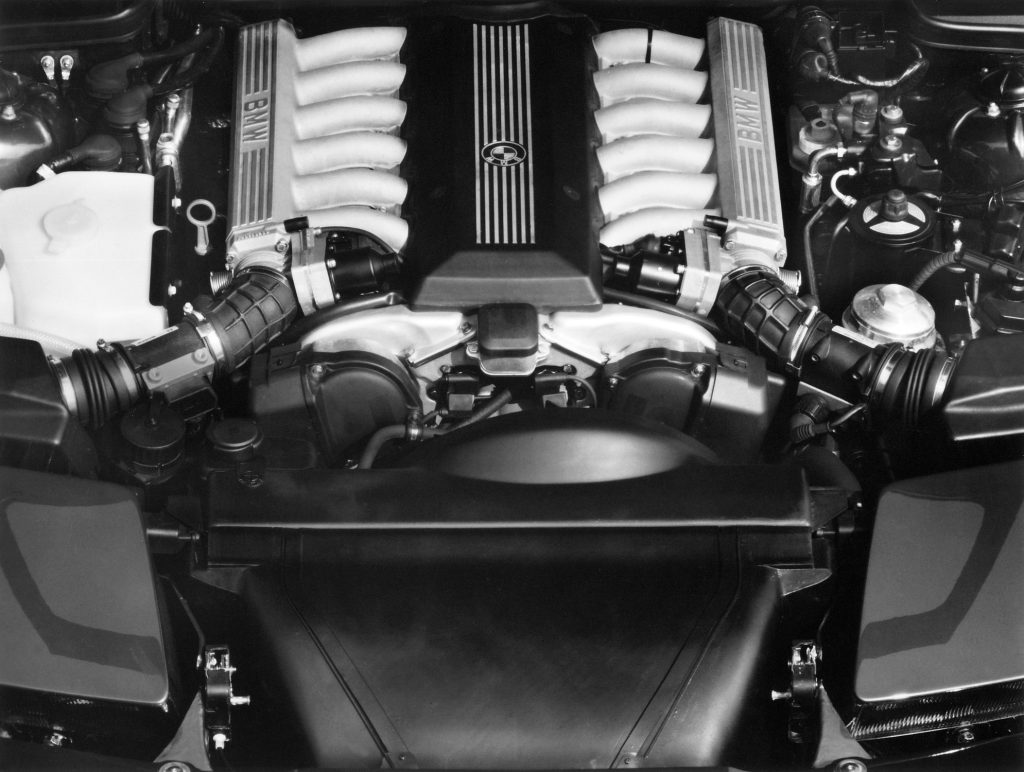
Thankfully, the superb quality of the E31 8 Series that is a consequence of its elevated position in the BMW range when new means there is a good survival rate despite its time in the used car wilderness. BMW built a total of 30,621 E31 8 Series of all models and today any 8 Series makes for an eminently usable, stylish coupe that sums up BMW’s ‘Ultimate Driving Machine’ ethos of the 1980s and ’90s.
What’s an 8 Series like to drive?
There’s a surprising variation in how different versions of the 8 Series drive. Starting with the original 850i, and its later 850Ci incarnation, this is every inch the grand tourer BMW was seeking to attain. The 5.0-litre V12 may not be as potent or sonorous as a Ferrari 456’s or as punch as the V8 in later Porsche 928’s, but it offers supreme smoothness. In most driving situations, the engine is barely audible and just gets on with delivering the E31 up the road quickly, quietly, serenely. Floor the throttle pedal with the automatic gearbox in Sport mode and it provides decisive acceleration with a cultured, but never obtrusive, V12 tone.
Opt for a car with a manual gearbox and the 850i does feel a tad more sporting as you can hang on to the engine’s revs a bit longer. It also offers more engagement on switcheroo back roads. However, in this form the E31 is not a sports car and definitely a GT in the true sense that it’s made to cover huge distances in comfort and composure. That’s not to say the 850i doesn’t handle well, it’s just you have to bear in mind it’s a hefty car, albeit with traction control and ABS anti-lock brakes on hand to help out.
More relevant to many owners will be the 850i’s impressive refinement. As well as next to no engine noise, there’s very little wind rustle thanks to the 8 Series’ superb aerodynamics. So long as the window seals between the front and rear side glass are in fine condition, it will be very hushed. The same goes for the suspension – in good nick, there will be no noises heard in the cabin.
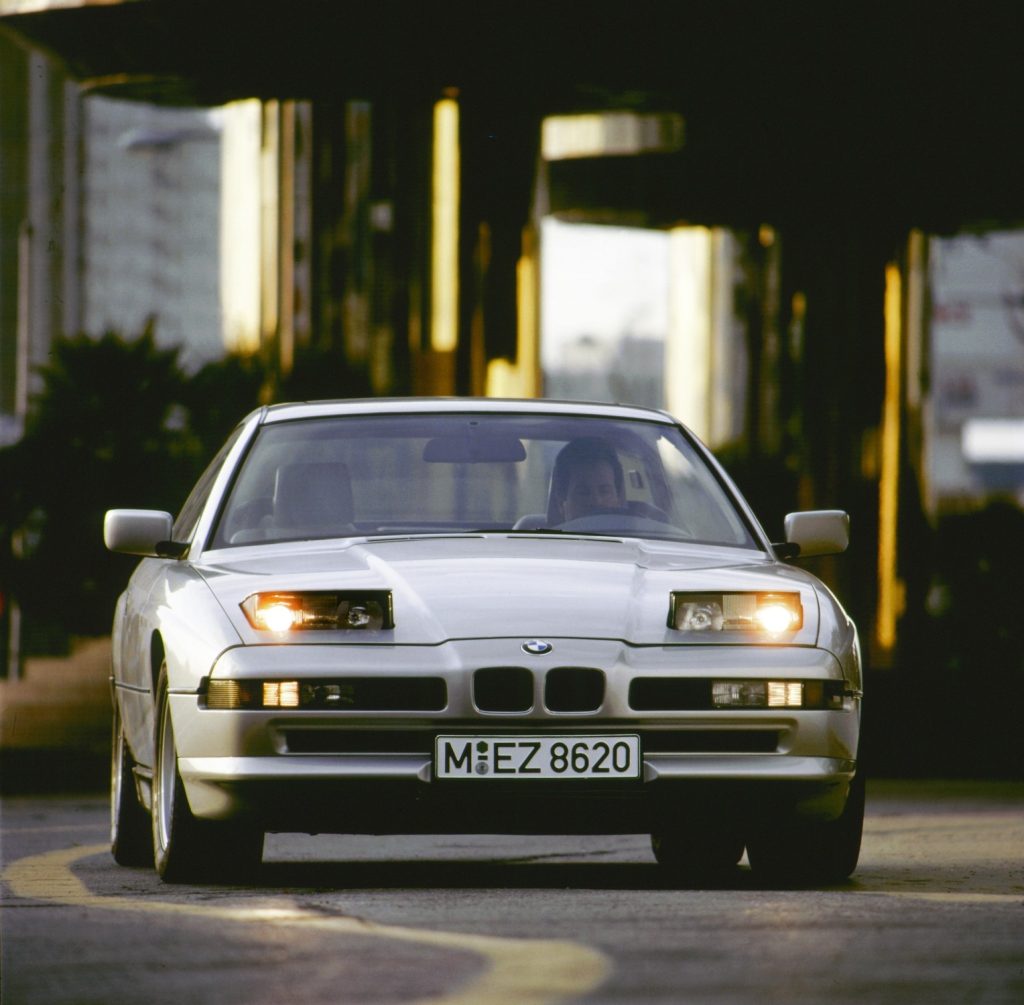
Swap into the 840Ci and the change in engine proffers a different experience. You need to rev the V8 a bit more, whether it’s the 4.0- or 4.4-litre unit, to get the E31 shifting briskly, yet either engine is happy to do this and adds a bit more soundtrack. It makes the 840Ci feel a little more sporting when hustling on a back lane, though it will be no quicker point to point. Turn-in to corners is just the same and all 8 Series corner with only a little body lean. The steering isn’t as quick or full of feel as a Porsche 928’s, but the BMW makes for a brilliant all-day cruiser. The 840Ci Sport version is more firmly sprung and agile, though still not in the same league as a Porsche 911.
Should you want something sportier, you need the 850CSi. Its recirculating ball steering has a 15% quicker ratio that improves feedback and the way the nose of the car sniffs into a bend. Mix in the firmer, lower suspension and rear wheel steering, and the CSi is a subtly but noticeably different take on the E31 recipe. With its manual-only transmission, it’s also quicker and feels like it could keep a contemporary Porsche 911 in sight. The 850CSi brakes also give stronger retardation and confidence, which is welcome.
All 850 models will comfortably carry two plus luggage, and you can fit two kids in the back seats – adults will find it a little too cosy. The driver gets the best deal with a near perfect seating position, excellent all-round vision, and a dash the makes you feel happily cocooned. Even the centre console that can appear like a festival of buttons at first is easily fathomed. And best of all, you can drop the four side windows for the pillarless fresh air experience that is such an inexplicable pleasure of driving an 8 Series.
How much does an 8 Series cost?
There is a clear delineation between the 850CSi and the rest of the E31 8 Series range. Starting with the CSi, anything less than £30,000 is likely to need some money spent on it to bring it up to a decent standard. That can be a false economy, so reckon this price as the base for decent cars. Something that is good all-round order that you’d be happy to use day to day is going to come in around £37,500, while a very smart example will be nudging £50,000. The very best 850CSi cars are now achieving £100,000 as collectors have latched on to what a special car this is.
Don’t despair if you are not in the six figure bracket for your next classic as the 840i and 840Ci can both be had in decent shape from around £10,000. Up that budget to £17,000 and you’re into very clean daily driver territory, while £23,000 nets you a car you’d be happy to park at any show. The best V8s will make £30,000, which is where reasonable 850CSi models start.
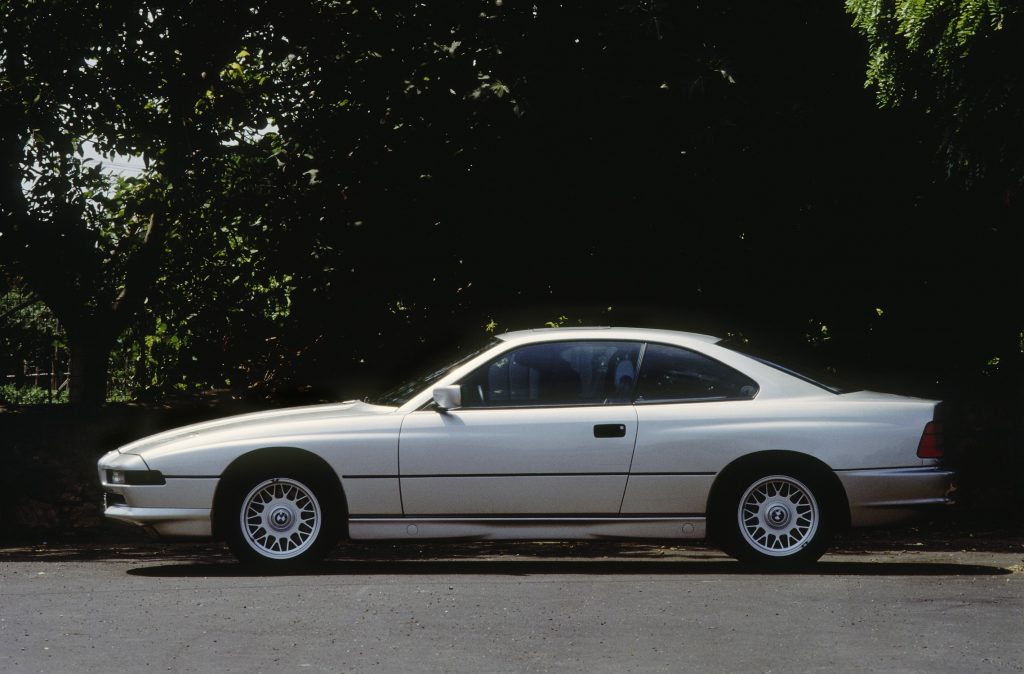
If you still want a V12 but at a keener price, look to the 850i and 850Ci, which start at around £13,000 for a car on fair condition, rising through £20,000 for a clean, sound example to £30,000 for one in show-ready state. Find a perfect 850i and expect to pay £40,000.
What goes wrong and what should you look for when buying an 8 Series?
The sharp, crisp lines of the BMW 8 Series are quickly let down if the car has any dents or dings, which will be all too easily spotted on those wide expanses of steel bodywork. At 4.8-metres long, the E31 has plenty of real estate that is vulnerable to parking knocks, so a thorough visual inspection is the best starting point. Also check the complex plastic front bumper for damage as good used replacements are rare and pricey, so plastic welding may be the only solution to cracks.
The majority of the 8 Series’ body is well protected from corrosion, but you still need to look in all the usual areas. That means the front edge of the bonnet, around the sunroof if fitted, and front and rear screen surrounds. You’ll also need to check the door bottoms, wheelarches, sills, jacking points, plus lift the carpets in the boot and front footwells to look for damp caused by worn rubber seals.
Next on your list is to satisfy yourself all of the electrics are working properly. The E31 was packed with everything BMW could think of at the time, so there are electric windows all-round, electric seat adjustment, digital displays as part of the dash, and even electric motors to operate parts of the ventilation system. All can be repaired and restored, but getting to some of these items – the digital dash display especially – takes time and patience. Also be happy the pop-up headlights work quickly when asked and the lens reflectors are in good shape. On the other hand, the cabin’s materials are very high quality so should only show signs of wear in keeping with the car’s mileage. Even so, the headliner becomes unstuck and the only complete fix is to remove and replace it.
During a test drive, listen out for any noises from the suspension and brakes. It’s all serviceable to restore an E31 to its best, but the rear Z-axle design uses copious bushes and replacing them is a lengthy job that will be costly at a specialist.
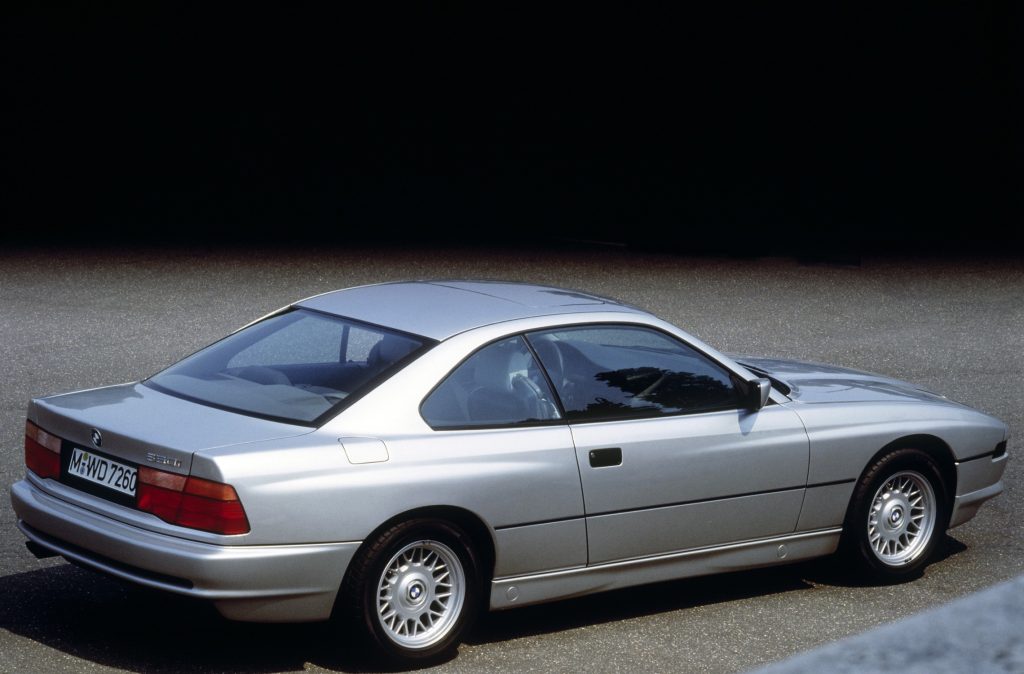
On the plus side, the automatic gearboxes in the E31 – four-speed in earlier cars or a five-speeder in later models – are strong and only need a routine fluid and filter service to stay in good health. The six-speed manual gearbox can suffer from worn synchromesh, which should be easy to diagnose by a notchy gear shift.
When it comes to the engine, your first port of call should be the cooling system regardless of which engine nestles in the bay. If there’s no evidence of the hoses, radiator, fan, water pump, and expansion bottle being replaced in recent history, factor this into your costs.
The earlier 4.0-litre V8 engine gained a reputation for problems with its Nikasil cylinder linings. It did affect some cars when new, but any car that has survived to the present day will not be bothered with this issue. What you do need to check for are any signs of smoke when starting the engine that point to a pressure control valve, which can also cause an uneven idle. Inlet manifold seals can also leak with age and cause poor running. More worrying is a worn timing chain tensioner, which allows the plastic guides to wear and can lead to engine damage if left unchecked. With the V12 engines, there’s not a lot to concern yourself with if it’s running smoothly, and even the fly-by-wire throttle is reliable.
Which is the right 8 Series for you?
For some BMW fans, only the 850CSi makes the grade and it’s easy to be seduced by its potent engine, M Division links in all but name, and rarity with only 1510 built in total. If rarity is your thing, the 850Ci sold in even smaller numbers, with 1218 made. However, it’s not much different to the more numerous 850i – 20,072 produced for all markets – so there’s little barrier to owning a V12-powered E31.
The 840Ci in both 4.0- and 4.4-litre forms accounted for almost a quarter of all E31 sales, notching up 7803 global sales. There are plenty about in the classifieds and an 840Ci Sport with the later engine is a tempting mix of power, refinement, handling, and running costs.
However, we’d put up with the higher running costs of an 850i for that creamily smooth engine that does so much to define the 8 Series experience. We’d take ours with a manual gearbox, too, for the perfect blend of grand touring credentials.
